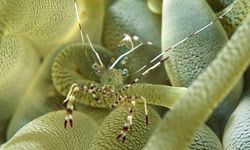The animal kingdom is a wild, wacky place where animals have to be clever in order to survive. One of the most amazing techniques for survival is animal camouflage. Animals have the ability to mimic plants, ground cover, or even other animals in order to hide or hunt. The following is a list of some animals that are particularly gifted in the art of invisibility.
Advertisement
